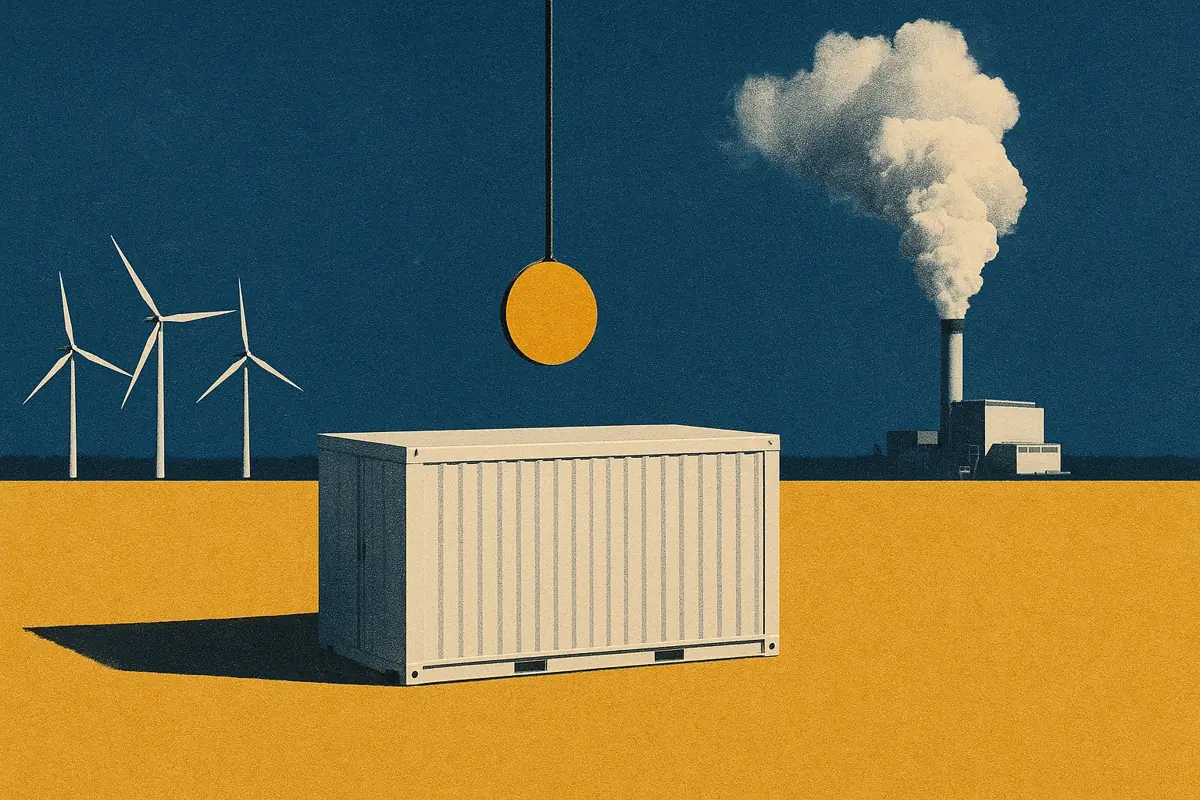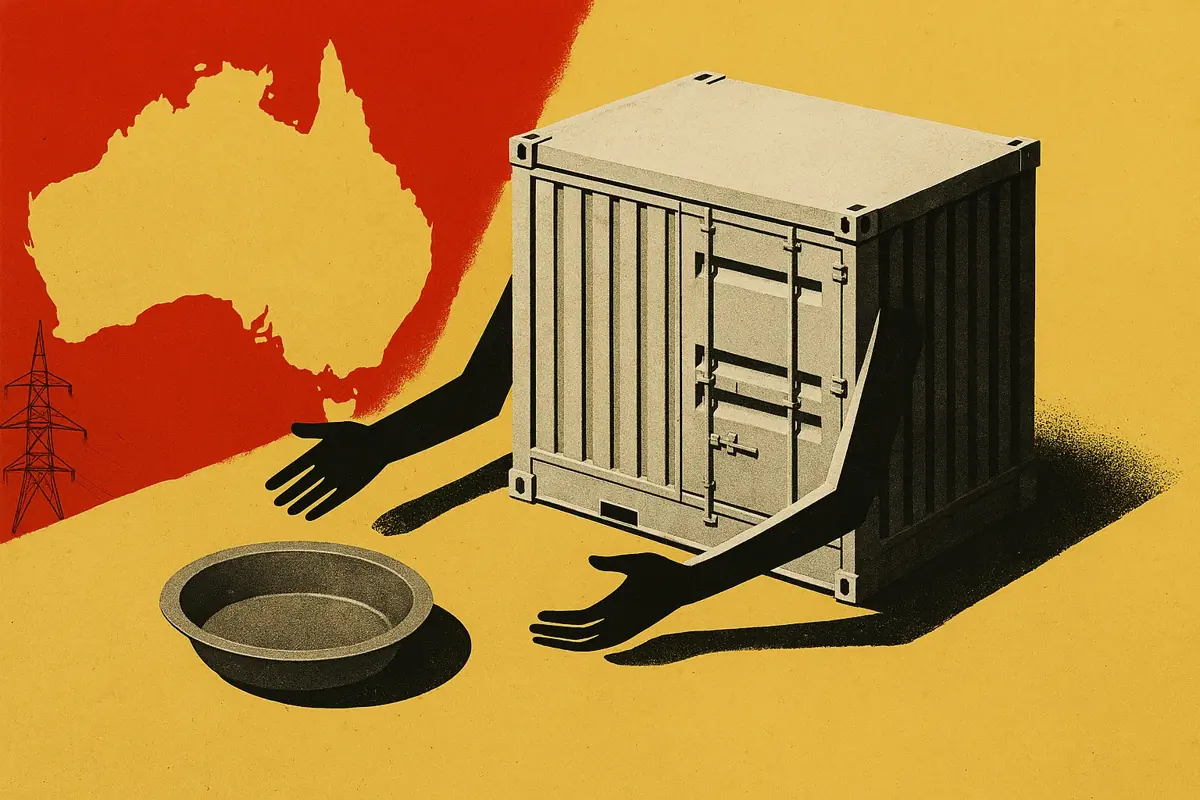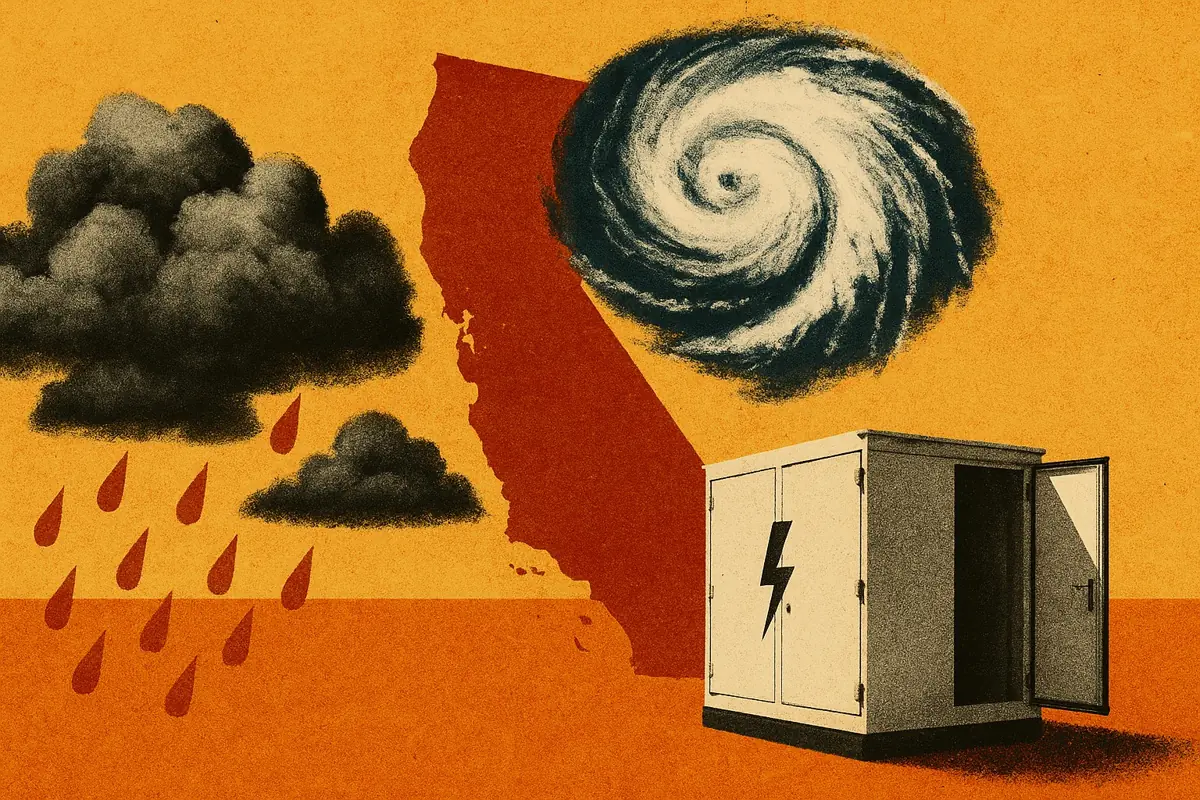The investment case for grid-scale batteries in the Australian NEM has shifted towards long-duration batteries and energy trading revenues in the face of FCAS market saturation. Meanwhile, multiple gigawatts of batteries are already in construction or commissioning. This strong buildout is leading to lower energy price spreads and a changing investment case for new projects. However, battery projects with optimal technical and financial structures can still make a strong investment case.
In this report, we analyse the investment case for batteries using our October 2025 release of the NEM forecast. We discuss how optimising battery project locations and contracting structures can improve the investment case for batteries in an increasingly competitive market.
Please message the author of this report at hatta@modoenergy.com with your questions and comments.
Executive summary
- In Modo Energy's Central scenario, batteries achieve IRRs of up to 12%, and in the High scenario 14.5%. The exact value depends on location and contracting structures.
- Batteries in regions with lower price volatility, or with less favourable locational dynamics, can still exceed 10% IRRs with optimal contracting structures and technical parameters.
- Batteries that take advantage of diverse sources of revenue achieve higher IRRs than pure merchant projects. These sources include cap contracts, offtakes, and network support contracts.
- Longer-duration batteries have become more attractive investments. Containerised BESS has become significantly cheaper, while power-related capital costs (such as land and installation costs) have not had a commensurate decrease.
Optimal battery projects can achieve 12-14.5% IRR
In the Central Scenario, 4-hour merchant battery energy storage projects starting operation in 2027 see unlevered annual internal rates of return (IRRs) of 8-10%. In the High scenario, returns increase to between 10-12%. Two-hour merchant batteries fare worse, with IRRs of 5.5% or less in the Central scenario. Reductions in 2-hour price spreads and falling capex of 4-hour systems cause this difference.







